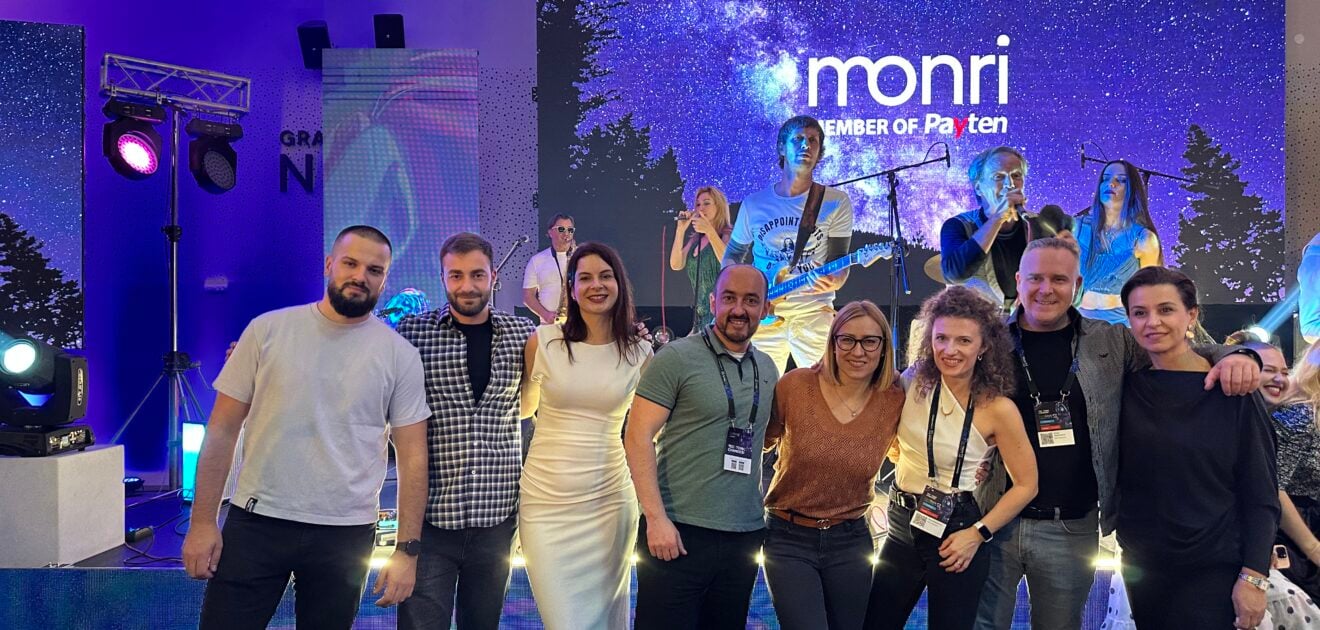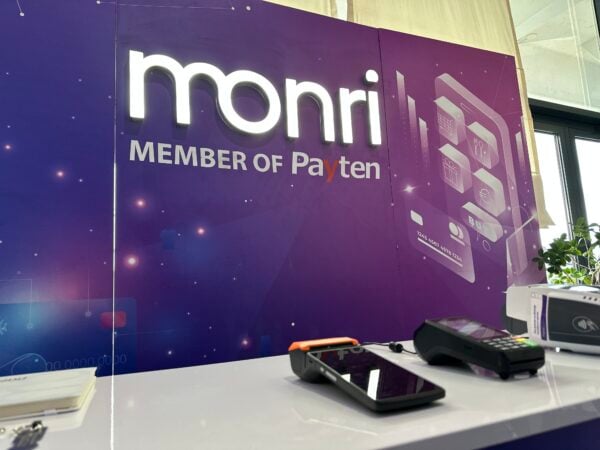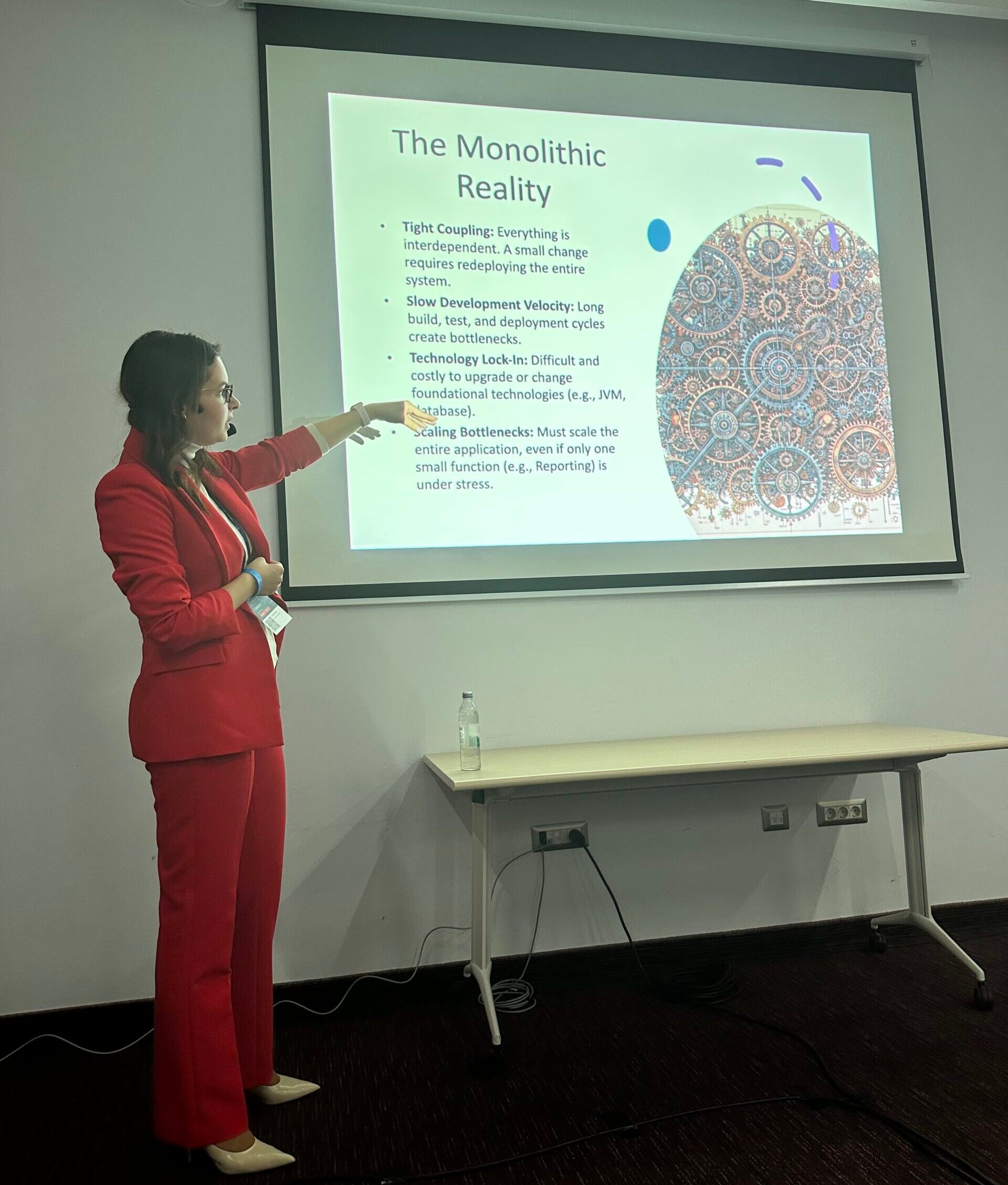Neum has once again become the hub of the region’s IT community – filled with inspiring talks, valuable networking, and the distinctive atmosphere of Grand Hotel Neum.
As in previous years, Monri Payments was proudly part of this regional gathering – not only as a sponsor of the conference party but also through our own booth and expert presentations from our team members.
At Monri’s booth, visitors had the opportunity to explore our solutions that enable fast, simple, and secure payments – from eCommerce systems and SinglePOS devices to solutions that support a fully cashless experience. Participants could engage with our team, test products, and gain insight into how Monri technologies shape the way we pay in stores, restaurants, and online every day.
Our three experts covered diverse topics, but with a shared goal; to demonstrate how Monri’s technological solutions make payments easier, faster, and more resilient.
The Fast and the Cashless
In a world where speed matters, cash simply doesn’t make the cut. Mahir Mulaomerović and Lejla Hasković discussed how Monri Payments offers solutions that accelerate every transaction, creating a seamless payment experience – whether in e-commerce, physical points of sale, or events transitioning to a fully cashless model.
“My colleague Lejla and I had the pleasure of presenting our eCommerce, SinglePOS, and latest cashless solutions to our clients. eCommerce helps merchants, such as hotels like this one, with processes like reservations, fund authorization, early payments, and later payments in case of property damage, among others. The cashless solution itself enables, for example, a hotel card to function as both a room key and a payment card, which can be used for parking, electric charging stations, vending machines, reception, sauna, pools, and all other hotel amenities. I believe we have definitely provided merchants we presented our solutions to with a set of tools that can help them stand out from the rest, if used effectively,” said Mahir.
Like in a favorite movie, it’s the perfect combination of technology, teamwork, and adrenaline – but this time, on the road toward the future of payments.
“I’m truly glad that this year, my colleague Mahir and I had the opportunity to present our innovative solutions at Network 13. One of these solutions is certainly SinglePOS, which is changing the traditional way of processing payments at physical points of sale by replacing multiple devices with a single smart device that consolidates processes, making them simple, fast, and secure. Merchants no longer face issues during payment; they don’t have to choose between different terminals, cards are recognized, installment options are handled, and so on.
All of this is made possible by our smart POS, which operates on a multi-acquiring concept, meaning it supports multiple banks and recognizes all cards and payment methods.”
From Monoliths to Microservices + Architecting for Resilience and Scale
The rapid development of modern e-commerce demands agile and scalable systems. In her presentation, Amina Fajić demonstrated how transitioning from monolithic applications to a microservices architecture brings resilience, flexibility, and faster development times.
Using a practical example of an e-commerce platform, she explained how microservices, such as a product catalog, shopping cart, and payment gateway, can operate as independent yet connected units – ultimately providing better adaptation to business needs and resilience to market changes.
“On behalf of Monri, I explained the concept of software architecture and compared the architectural pattern of microservices with that of monoliths. I illustrated examples from our company where, through asynchronous communication using a message broker, we were able to accelerate transaction flows for our reporting system. I also discussed database sharding as one of the mechanisms for application resilience, making it available to our large user base. We now successfully save and process 1.5 million transactions per day.
Furthermore, we plan to implement a microservices architecture fully in the future. I provided examples of major industry giants such as Netflix, Uber, eBay, and Spotify, showing how and why they transitioned to microservices and how this approach allowed them to scale their user base significantly and become the giants they are today.”



